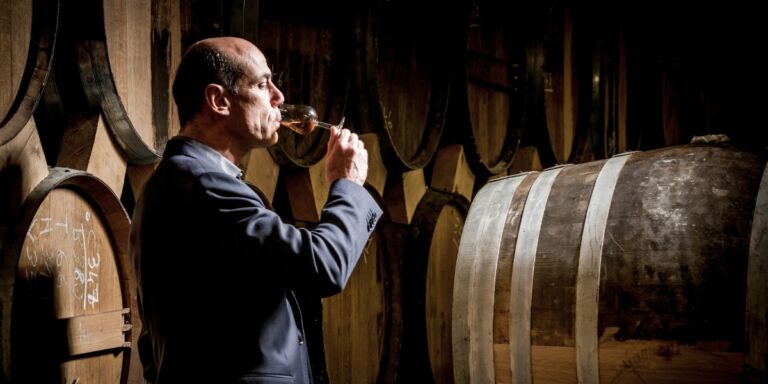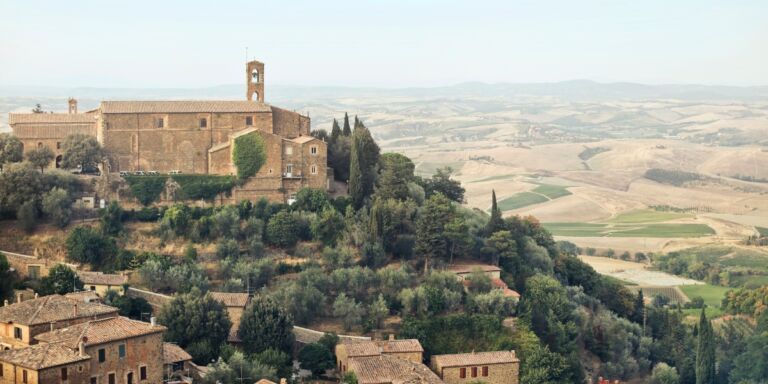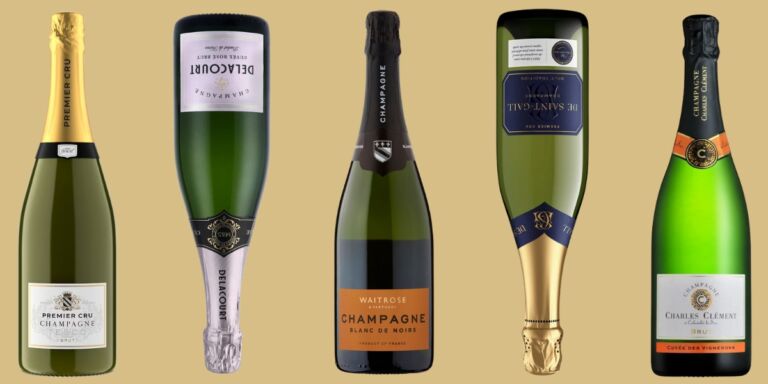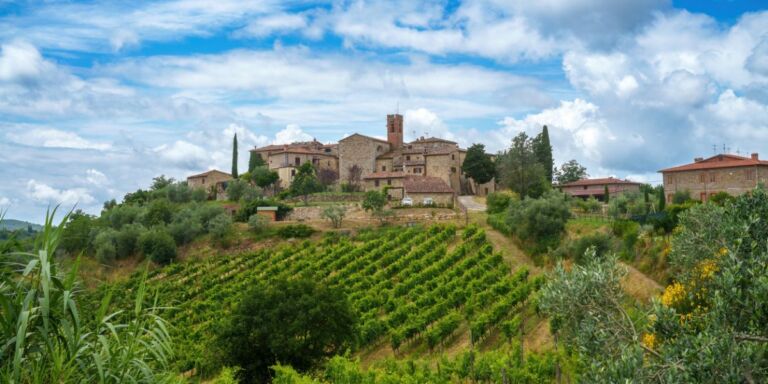In our Ask the Sommelier series, we’re asking the world’s top sommeliers to answer readers’ wine questions. In this instalment, sommelier at Michelin-starred restaurant The Clove Club, Dominic Smith, offers his advice to a reader hoping to tackle restaurant wine lists with renewed confidence.
“I’ve really got into wine at home during lockdown and with restaurants opening up, I’m looking forward to eating out and perusing a wine list again. While I might be excited, I find wine lists can be overwhelming. What’s the best way to approach a restaurant list? Are there any good names or grape varieties to look out for? And is that thing about the second-cheapest bottle on a wine list being bad value for money a myth, or is there some truth to it?”
Dana from Brighton

Sommelier Dominic Smith responds:
“I like to remind people that the wine list is your friend, but I get that the size of a wine list can often feel overwhelming. I’ve seen people turning page after page after page, when it’s just list after list – from Burgundy to Rhône to Beaujolais. A lot of Old World wines don’t display their varieties, so unless you know what comes from that region, you’re not going to know what you’re drinking.
“I think it’s good to simplify it. For example, if you say: ‘I normally drink Riesling from Mösel in Germany or from Alsace, but I’d like to try a Riesling from the US,’ then you’ve taken your 500 wines and knocked it down to perhaps six or seven, maybe even three. It’s a great way of clearing that noise and focusing on something that you actually feel like drinking.
“Start off with familiarity – look out for wines that you’ve had before. It might not be the actual wine, it could be the winemaker. There might be varieties that you like to drink or even particular vintages. Maybe there’s a year that’s special to you, an anniversary or something, that you feel a great connection with. Use your past experiences to make an educated guess. Or if you’re going on a total whim then you could just pick something with a silly name.

“If there’s a sommelier, ask them what they like and what they recommend. And don’t be scared to tell a sommelier how much you want to spend. I think some people get a little bit uncomfortable around the price, but it’s helpful if you say something like: ‘I want something with a bit of sweetness, not too dry and I want to spend £40. I mainly drink wines from France and Italy, but I don’t mind being surprised.’
“The idea that the second-cheapest bottle on the wine list is bad value for money isn’t something to live by. The London School of Economics just did a study on it and found that the greatest profit margin was around the fourth- or fifth-cheapest bottle, so it’s not that simple. It depends on the size of the menu, too. I’d say go for the bottle of wine you want to drink; stick to your budget but don’t pick wines based on the price. There’s nothing wrong with being on a budget, but it’s not good to do wine by numbers.
Stick to your budget, but don’t pick wines based on the price
“In terms of words or phrases on a wine list, it’s good to look out for ‘premier cru’ and ‘grand cru’, which is the ‘first growth’ and ‘great growth’. They have different meanings in different places, but it just symbolises that this is a wine from a great region. There’s also things like ‘zero dosage’, which means a low level of residual sugar. If you have a sparkling wine with zero dosage, it’s going to be really refreshing, dry and crisp.
“Biodynamic, organic and vegan are types of wine that more people are now either requesting or noticing on a wine list. If you want to impress, instead of seeking out natural wines, which is a bit of a trending term, look out for minimum-intervention winemakers. If you say that, it shows that you’re not just trying to find a trendy wine – minimal intervention just means that the winemaker is letting the grape and the terroir tell their own story.
“My final tip: take photos of the bottles of the wine that you’ve tried and enjoyed. It’s a good way to remember the kinds of wine you’ve had. Make a folder and after a while you’ll have a little virtual wine cellar of what you’ve had to drink. You’ll be able to see what you lean towards, which is very handy when you next come to selecting on the spot in a restaurant.”
Interview by Isabelle Aron
Do you have a question to put to the world’s top sommeliers? Send them to editor@cluboenologique.com







